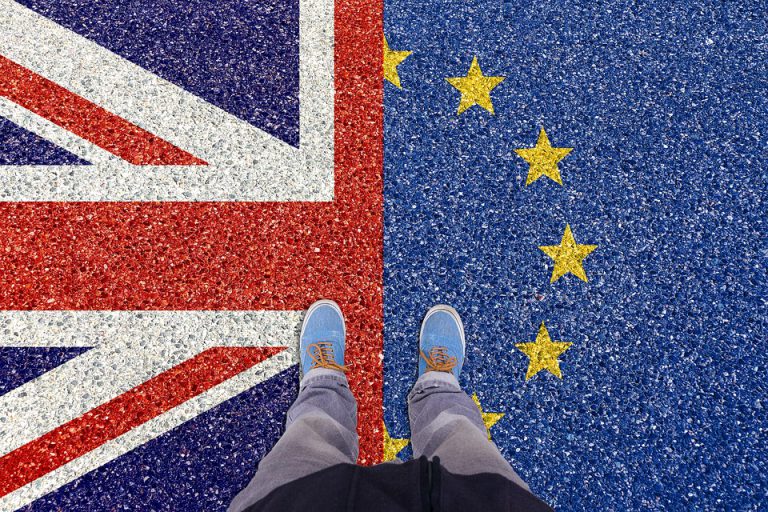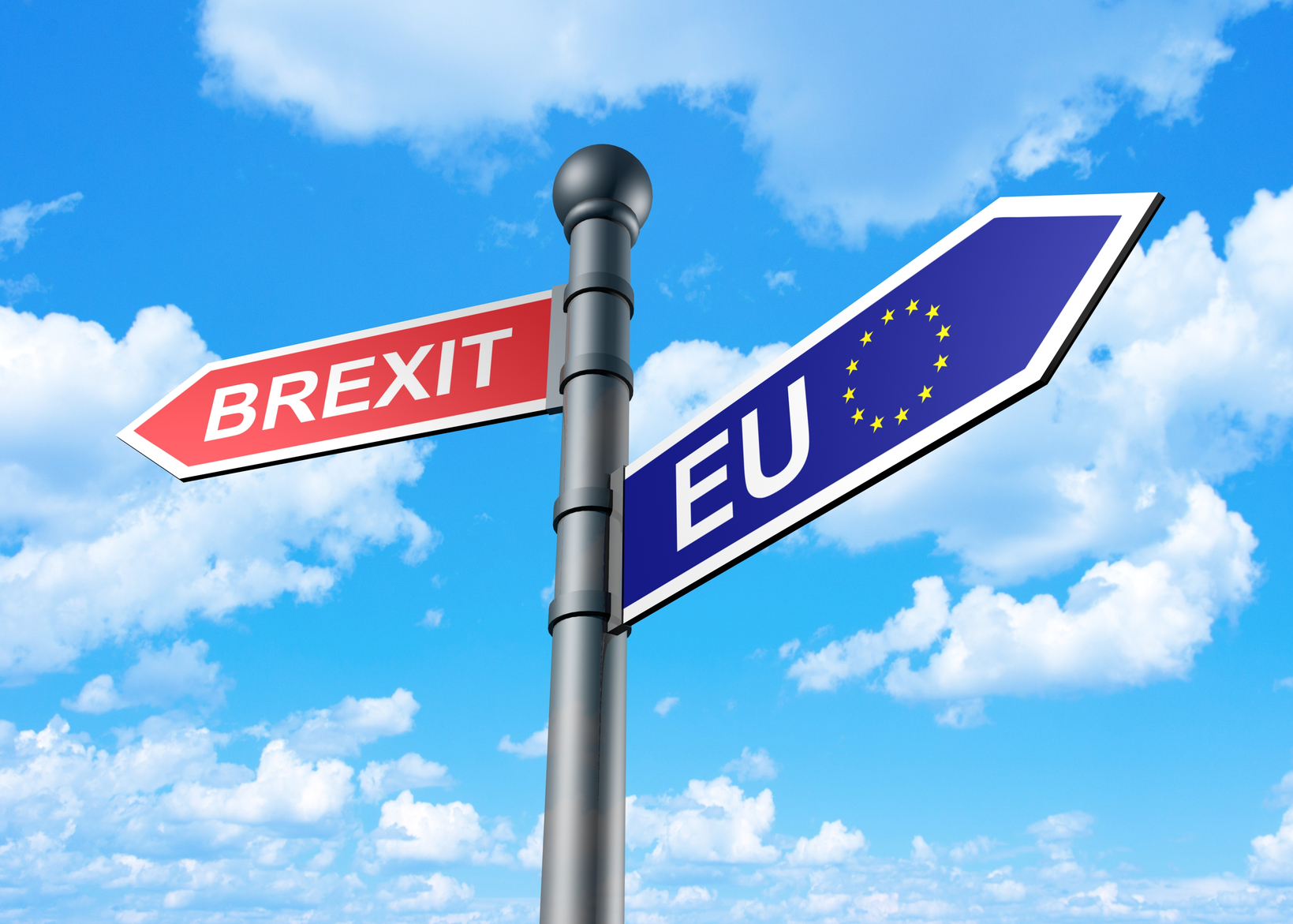
The last UK commissioner, Julian King, has already said goodbye to Brussels. The UK’s 73 MEPs will be sent home, with one of the parliament’s union jacks dispatched to the EU-funded House of History.

The prime minister will cease attending EU summits to set the bloc’s priorities. British ministers will play no part in the EU law-making process. The UK will continue to follow EU rules, but have no say in making them. Friday is the point of no return to the EU. The article 50 process is over and non-reversible. The main change is legal and institutional. Life will carry on as normal for individuals with one key change – UK citizens, from 11pm, will no longer be EU citizens.īritish passport holders will continue to be able to travel and work in the EU because the country remains in the single market for the transition period up to 31 December and the freedom of movement of goods, people, services and capital over borders applies until then. Under the Brexit withdrawal agreement, that day could be delayed until 2022 or 2023, but Johnson has ruled out any extension of the transition period. British citizens can continue to live, work, study and retire to the EU, while EU27 nationals enjoy those reciprocal rights in the UK.Ī more significant moment could be 1 January 2021, the UK’s first day outside EU rules. That means staying in the EU single market, its customs union and paying into its budget. The only way back is an application to rejoin.īut many people may not notice the difference, as the UK enters an 11-month transition period to allow time to negotiate a new relationship. At the stroke of 11pm on 31 January (midnight in Brussels), the UK ceases to be a member of the EU. So, after it was approved by MPs in December and is ratified in the European parliament and Westminster later this week, it will bring the final curtain down on 47 years of EU membership at 11pm on 31 January. But it is one that commands the support of the Conservative party and its 80-strong majority. The deal is not popular in Northern Ireland.

Johnson and Varadkar essentially agreed to shift the border checks to between Northern Ireland and the rest of the UK.
Brexit hashtab how to#
This frontier had become a 300-mile stumbling block for Theresa May, who was unable to broker an agreement on how to take Northern Ireland out of the EU without reinstating unworkable – and unpalatable – border checks. In short, a meeting in a wedding venue in the Wirral on a cold day in October 2019.īoris Johnson and Irish premier Leo Varadkar broke the impasse with an agreement on what to do about the tricky land border between Ireland and Northern Ireland. Photograph: Noel Mullen/EPA So what broke the deadlock? Irish prime minister Leo Varadkar meets Boris Johnson in October 2019. Three years of exhausting stalemate set in, as parliament refused to muster a majority in favour of a withdrawal deal mired in uncertainty chiefly over the future status of Northern Ireland. Hardline Tory Euroscepticism emerged with Margaret Thatcher’s Bruges speech of 1988, hounded the party into opposition in the 1990s, and returned with a vengeance once Conservative rule was restored in 2010.Īmid the bitter fallout of the financial crash, mounting public concern over immigration and a political threat from the right in the form of Nigel Farage’s anti-EU Ukip party led David Cameron to promise an in-out Brexit referendum if he won the 2015 election.Ī largely populist, emotive and evidence-free campaign with the inspired slogan “Take back control” carried the day, with voters motivated by a wide range of factors opting by 52% to 48% in favour of the UK leaving the EU.
Brexit hashtab plus#
That, plus second world war heroics, has given it a profound sense of exceptionalism, reinforced by relative economic success and an overwhelmingly Eurosceptic popular press that adores dripping corrosive untruths about Brussels.Īll this eventually combined to create the impression that the EU was essentially an anti-British plot: something that was somehow done to us.


 0 kommentar(er)
0 kommentar(er)
